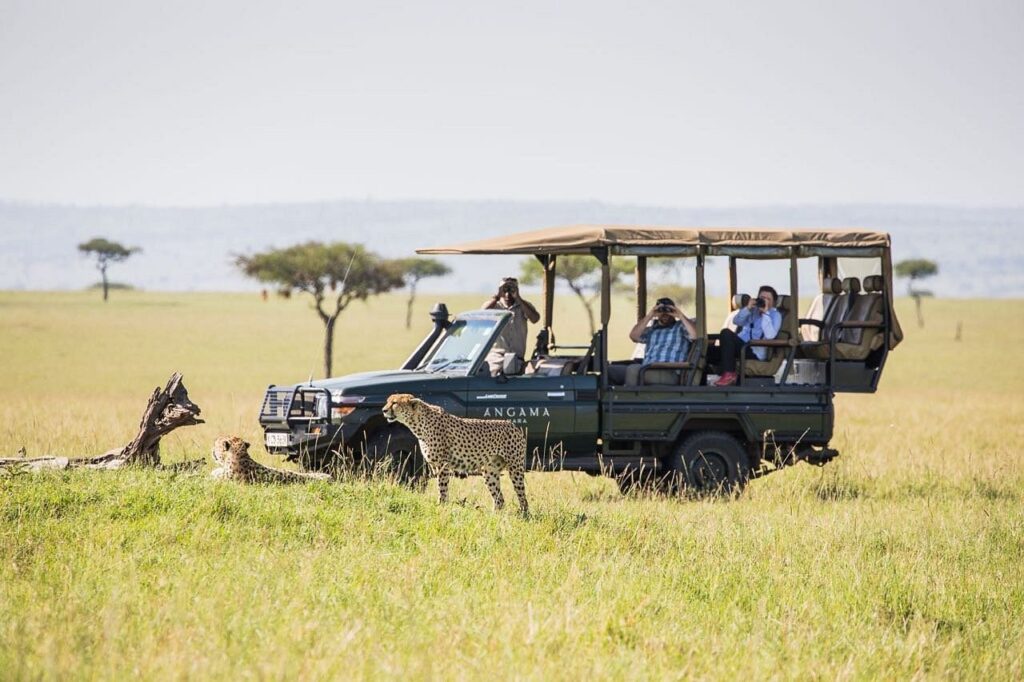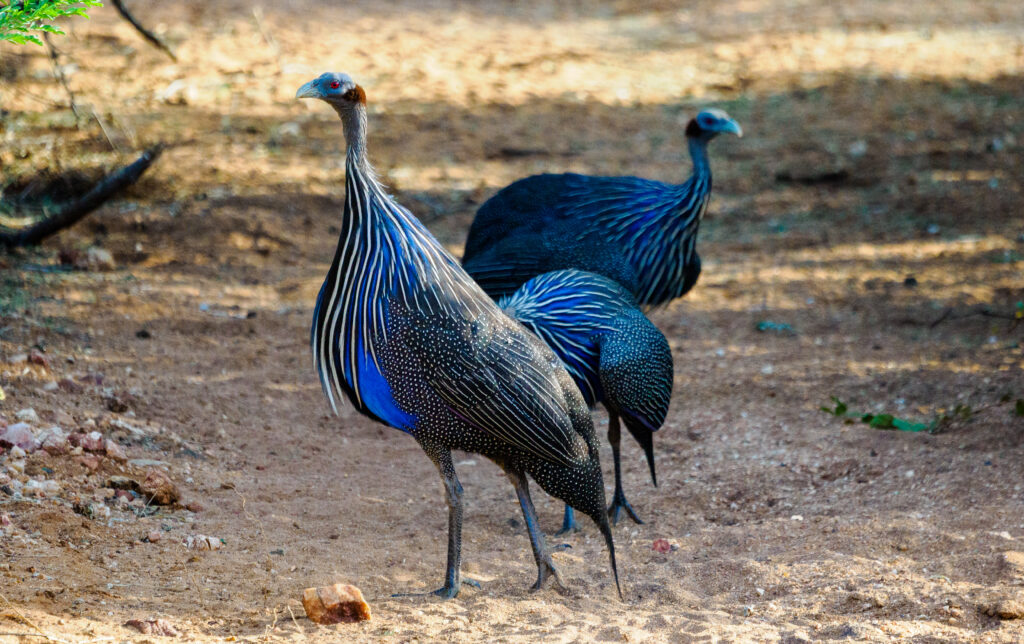🇰🇪 About Kenya – Your Gateway to Africa’s Safari Heartland
Welcome to Kenya, the beating heart of East Africa and one of the world’s most iconic safari destinations. From the snow-capped peak of Mount Kenya to the sun-soaked savannahs of the Masai Mara, Kenya is a land of unmatched natural beauty, rich culture, and incredible wildlife.
Whether you’re planning your first trip or returning to explore more, this Kenya travel guide covers everything you need to know before visiting. Discover what makes Kenya the ultimate safari country.

Where Is Kenya Located?
Kenya lies on the eastern coast of Africa, bordered by Tanzania to the south, Uganda to the west, Ethiopia and South Sudan to the north, and Somalia to the northeast. The Indian Ocean hugs its eastern shoreline, offering pristine beaches like Diani.
Capital: Nairobi
Languages: Swahili & English
Currency: Kenyan Shilling (KES)
Main Airports: Nairobi (JKIA), Mombasa, Kisumu

What Makes Kenya a Top Safari Destination?
Kenya is the ultimate safari country, offering some of the best wildlife experiences in the world. It’s home to the Big Five—lion, leopard, elephant, rhino, and buffalo—and features a wide range of landscapes including:
The Masai Mara: World-famous for the Great Wildebeest Migration
Amboseli National Park: Epic elephant encounters with Mt. Kilimanjaro views
Lake Nakuru: Known for flamingos and rhinos
Samburu: Rugged terrain and rare species
Tsavo East & West: Kenya’s largest parks and home of the red elephants
Kenya Culture and Wildlife
With more than 40 ethnic communities, Kenya offers a rich cultural tapestry. From the red-cloaked Maasai to coastal Swahili traditions, every region offers something unique.
Kenya’s wildlife is equally diverse. In one country, you can watch cheetahs sprint across the plains, elephants march in herds, and flamingos gather in pink clouds on soda lakes.
Add a cultural experience or community visit to your safari to deepen your journey.

Best Time to Visit Kenya
Kenya is a year-round destination, but the seasons shape your safari experience:
| Season | Best For |
|---|---|
| July–October | Great Migration, dry season, Big Five sightings |
| January–March | Clear skies, fewer crowds, baby animals |
| April–May | Green landscapes, low prices, short rains |
Climate & Best Time to Visit Kenya
Kenya enjoys a pleasant tropical climate with regional variations. The best time to visit depends on your safari goals:
July–October: Great Migration, peak wildlife viewing
December–March: Drier weather, ideal for birding and photography
April–June: Green season, fewer tourists, lush landscapes
Kenya’s wildlife is present year-round, and many parks offer excellent viewing at any time of year.
Getting to Kenya
Kenya’s main international airport is Jomo Kenyatta International Airport (JKIA) in Nairobi. Many safaris start here with easy transfers to national parks or coastal destinations.
No visa is required for most passport holders, thanks to Kenya’s eTA system — a fast and simple online process.
What to Know Before Visiting Kenya
Before your Kenya tour, here are key travel tips:
Visa: Most travelers require an eTA (Electronic Travel Authorization)
Health: Yellow fever certificate, malaria medication recommended
Connectivity: Wi-Fi available in most lodges and camps
Payments: Major credit cards accepted, but bring some cash
Safety: Kenya is safe for tourism when using licensed tour operators

Ready to Explore Kenya? Let’s Plan Your Safari
Kenya isn’t just a destination — it’s an experience. Let our expert guides help you craft a safari that fits your dreams, whether it’s wildlife, beach, family, or honeymoon-focused.
Request a Free Safari Quote »
Chat With a Safari Specialist on WhatsApp »
Daily departures | Private & group tours | Custom itineraries
Frequently Asked Questions – About Kenya
Kenya is located in East Africa, straddling the equator and bordered by Uganda, Tanzania, South Sudan, Ethiopia, Somalia, and the Indian Ocean. Its central location makes it a hub for both safari adventures and coastal escapes.
Kenya is world-renowned for its:
Safari experiences and Big Five game viewing
The Great Wildebeest Migration in the Masai Mara
Iconic wildlife reserves like Amboseli, Tsavo, and Samburu
Warm hospitality and rich cultural heritage
Beautiful white-sand beaches like Diani Beach
The best time for safaris is July to October (dry season and Great Migration).
For fewer crowds and lush landscapes, December to March is also ideal.
Beach holidays are great year-round, especially along the Kenyan coast.
Yes, Kenya is generally safe for tourists. Most safaris and tourist areas are secure, and thousands of visitors enjoy Kenya each year without issues. Traveling with a registered safari operator, like Annest Kenya Safaris, ensures added safety and peace of mind.
Yes. Most travelers require an electronic travel authorization (eTA), which can be applied for online. The eTA has replaced the traditional visa process and is simple, fast, and affordable.
Kenya is home to:
The Big Five: lions, elephants, buffalo, rhinos, and leopards
Giraffes, zebras, cheetahs, hippos, crocodiles
Flamingos, ostriches, and over 1,100 bird species
Rare species like Grevy’s zebra, giraffe antelope (gerenuk), and Beisa oryx in Samburu
The currency is the Kenyan Shilling (KES). Most lodges accept major credit cards, but it’s advisable to carry some local cash for souvenirs, tipping, and small purchases.
Kenya has two official languages: English and Swahili. English is widely spoken in cities, lodges, and tourist areas, making travel communication easy for international visitors.
Absolutely! Kenya’s coast offers world-class beach destinations like:
Diani Beach – white sands and turquoise waters
Watamu & Malindi – coral reefs and water sports
Many travelers combine a Masai Mara safari with Diani for the ultimate bush-and-beach experience.
Annest Kenya Safaris is a locally owned and operated tour company offering:
Custom safaris to all major parks and reserves
Flexible packages for all budgets
Fast booking, expert guides, and excellent service
5-star reviews from happy travelers worldwide

